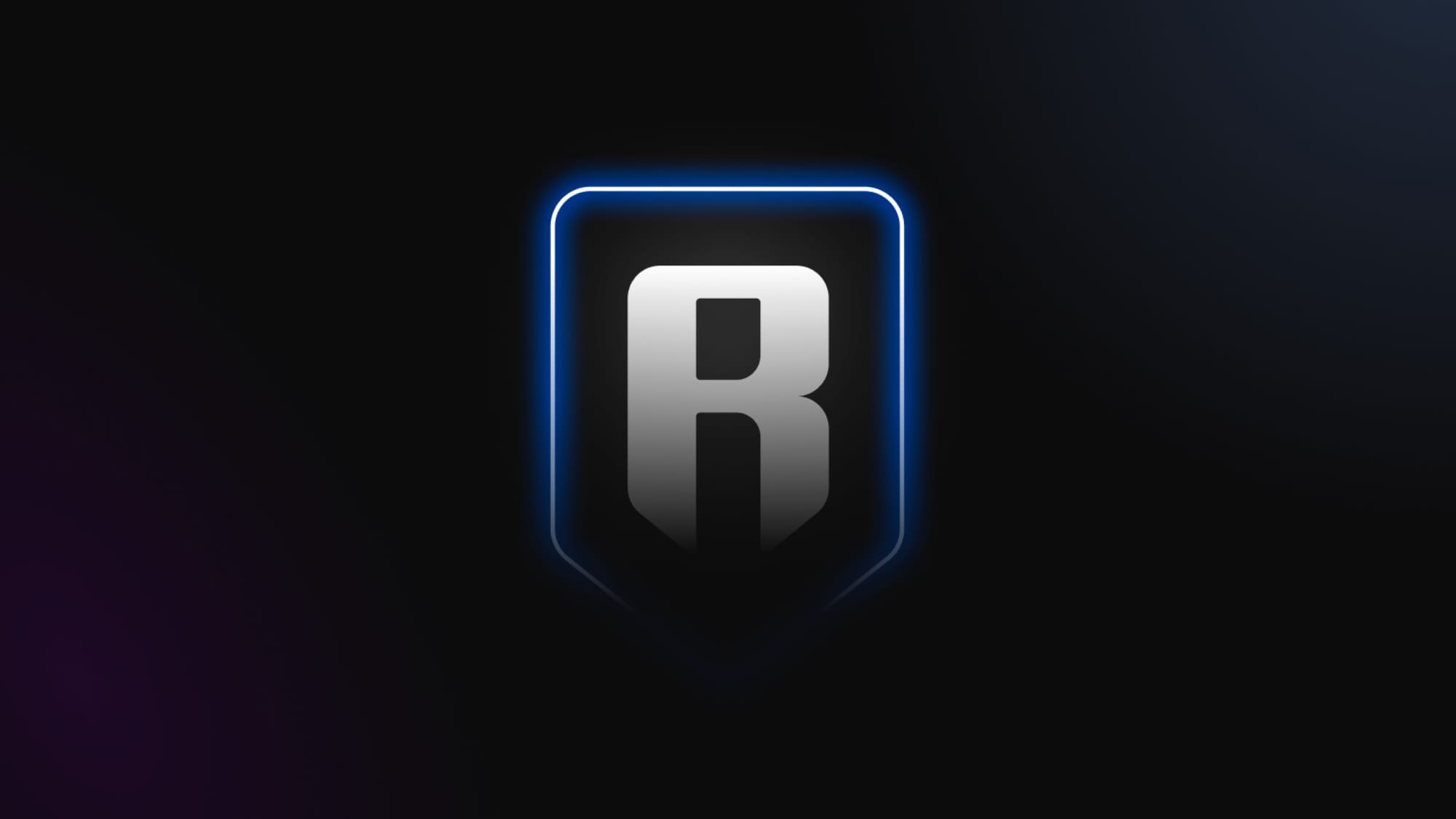Key Points
- Welcome to Part 4 of an editorial series by Ronin head researcher Phuc Thai! In this article, Phuc takes a deep dive into Ronin’s scalability.
- Explore Phuc’s perspective on optimistic vs. zero-knowledge rollups and monolithic vs. modular approaches – and learn about our plans to propose to enshrine zkEVM into the Ronin protocol. After reading this article, you’ll understand why we believe zkEVMs are the best scaling solution for Ronin.
- Ronin launched in 2021 to meet the needs of Axie Infinity players. Since then, Ronin has migrated its consensus mechanism to Delegated Proof-of-Stake (DPoS) and attracted a variety of partnerships to grow its ecosystem. The next step in Ronin’s journey involves scaling even further. While these proposal plans are subject to change, this article represents our current thinking.
This year, we published a few editorial articles as part of a series by Ronin head researcher Phuc Thai. The series explores Ronin’s approach to the blockchain trilemma of security, decentralization, and scalability. Today, we’re publishing the final part of this series as we dive into scalability on Ronin!
Join Phuc Thai as he takes a deep dive into Ronin’s scalability plans. This article will cover optimistic vs. zero-knowledge rollups, monolithic vs. modular approaches, our plans to propose to enshrine zkEVM into the Ronin protocol – and more. Scaling Ronin will prepare the network for a future where hundreds of millions or more transactions are processed everyday. Here’s how we plan to help bring that future to life. Take it away, Phuc Thai!
Scalability on Ronin
In the world of Web3, scalability is about answering a single question: how can a blockchain handle an increasing number of transactions – without sacrificing performance? The answer matters a lot. Scalable blockchains can process more transactions from more users, and more scalability leads to greater adoption.
Today, Ronin has strong scalability. The network processes up to 7.5 million transactions per day during peak periods and can handle up to ~40 million. However, our vision for Ronin is even larger. That’s why we’re looking into scalability solutions that enable Ronin to manage hundreds of millions or even billions of transactions everyday. Enter rollups.
Scaling with Rollups
How can a blockchain handle an increasing number of transactions – without sacrificing performance? We explored a few strategies to answer that question. First, we looked at monolithic and modular approaches.
A modular approach enables multiple rollups to run at the same time. That means separate layer-2s can specialize in separate functions, and final settlement can take place on the Ronin network. On the other hand, the monolithic approach requires every Ronin node to process every transaction. That can create bottlenecks and delays during periods of heavy demand, which makes it harder to scale.
The modular approach looks like a better fit for scaling a gaming chain like Ronin. However, the introduction of multiple rollups presents one particular challenge: the potential for a fragmented ecosystem. Imagine dozens or even hundreds of chains processing transactions at the same time. How can they interact with each other, and why should they?
When rollups operate in silos, it can be awkward and inefficient to bridge between them or back to the mainnet. That’s where our solution for an interoperable, Cross-Chain Relayer Service comes into play. Better interoperability, better user experience, better scalability.
Optimistic Rollups and ZK Rollups
The nature of a rollup also makes a difference. We weighed the pros and cons of both optimistic and zero-knowledge (ZK) rollups, and determined that ZK rollups were a better fit for Ronin. Here’s how we reached that conclusion:
Optimistic rollups involve a layer-2 network that submits batches of transactions to the mainnet without verifying whether those transactions are valid. Instead of verifying these transactions, optimistic rollups offer a Challenge Period during which time network participants can dispute a transaction’s validity. However, Challenge Periods can last up to ~7 days! This fraud-prevention mechanism has its advantages, but can result in longer cross-chain transaction times. On the other hand, zero-knowledge rollups get the job done faster.
Zero-knowledge rollups use advanced cryptographic techniques known as zero-knowledge proofs to validate transactions. The idea is straightforward although the implementation is complex: a rollup verifies a transaction’s validity without making any information public – no Challenge Period required. That means transactions can be verified in shorter periods of time, and settled on the mainnet sooner. Faster settlement, better scalability. That’s why we prefer ZK rollups over optimistic rollups. Ronin Validators can expect to see a formal Ronin Evolution Proposal (REP) on ZK rollups soon.

Scaling Ronin: Enshrined ZK-EVMs
So far, we’ve explored our current preference for a modular approach using ZK rollups as a means to scale Ronin. Next, we’ll look into integrating a ZK prover into the Ronin protocol and offering ZK rollups to third-party builders as a service. We call this Enshrined ZK-EVMs.
Picture a successful game studio on Ronin. They serve tons of users, drive enormous transaction volume everyday, and may have even outgrown the blockspace on Ronin’s main chain. These builders may need a separate chain that meets the specific needs of their game and community. That’s why we’re proposing to integrate a ZK prover onto Ronin, and empower validators to launch their own ZK rollup on Ronin.
With a ZK-EVM enshrined into the Ronin protocol, launching a zkEVM layer-2 on Ronin can be as easy as running a validator node. A game studio might be able to set up a validator node from which they launch their own rollup. Users on their layer-2 might then pay transaction fees to the game studio’s validator, which would reward both the studio and their delegators. This aligns incentives between builders, users, validators, delegators, and even RON holders.
In 2021, we built Ronin as an Ethereum sidechain because Axie Infinity users needed a faster, less expensive blockchain than Ethereum. We understand the unique needs game studios can face. In a similar way, a ZK prover on Ronin would take care of scalability and security solutions while allowing game studios to focus on what they do best: making great games.
An Interoperable Gaming Ecosystem
While Enshrined zkEVMs support Ronin’s scalability, the potential for fragmented ecosystems still presents a challenge. If every game, decentralized exchange, and protocol on Ronin were to launch their own rollup, we might see liquidity become spread too thin. That would result in high slippage fees during swaps, which works against our vision for a scalable ecosystem.
That’s why we plan to level-up a few DApps on Ronin including the Katana DEX and Mavis Market. These DApps can facilitate bridging across various rollups. We also plan to introduce a Cross-Chain Relayer Service, which would help relay cross-chain transactions.
Here are a few things users would be able to do in a single transaction:
- Transfer tokens to any chain in the Ronin ecosystem from their Ronin Wallet
- Swap tokens between any chain in the Ronin ecosystem on the Katana DEX
- Buy and sell NFTs across any chain in the Ronin ecosystem through Mavis Market
For example, imagine a user wants to swap 10 AXS on zkEVM Chain #1 for 20 RON on zkEVM Chain #2. They could initiate a single transaction and the Cross-Chain Relayer Service will facilitate the rest of the process seamlessly.

Final Thoughts
At the beginning of this article, we examined one question: how can a blockchain handle an increasing number of transactions – without sacrificing performance? Our answer is a work in progress that will require input and support from the Ronin community. A modular approach. Zero-knowledge rollups. Enshrined EVMs. The Cross-Chain Relayer Service. These are a few of the moving parts that will need to come together as we scale Ronin. Today, Ronin serves about 1.2M daily active users. We’re building a network that can serve 40x the users – and more. Let’s keep pushing.
Thank you for reading about our scalability plans on Ronin. This article is the final part of an editorial series by Ronin Head Researcher Phuc Thai. Read parts 1, 2, and 3 at the links below:
Part 1: Introduction to the Blockchain Trilemma on Ronin
Part 3: Decentralization
Disclaimer: Please note that this content is presented or otherwise made available to you on an “as is” basis for general informational and educational purposes only, without representation or warranty of any kind. This content should not be construed or used as financial, legal, or other professional advice, nor is it intended to recommend the purchase or use of any specific product or service. You must seek your independent advice from appropriate professional advisors. Where this article is contributed by a third party, please note that those views expressed belong to the third party and do not necessarily reflect those of Sky Mavis. Please refer to our Terms of Service for more information.






